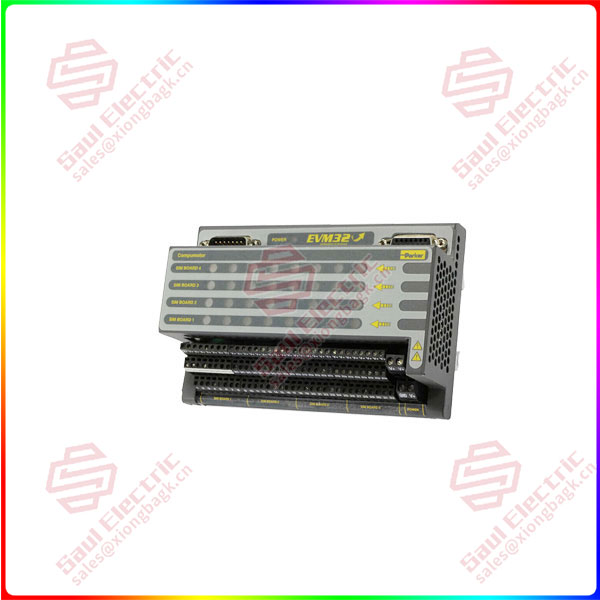Trend eight: The next generation of artificial intelligence
Swarm intelligence has become the next breakthrough direction for the application of AI in the industrial field
Swarm intelligence technology is an artificial intelligence technology that simulates the group behavior of natural organisms. It has the characteristics of decentralization, high intelligence and strong flexibility, and can complete many complex tasks without central control and insufficient cognition of the global environment. Group intelligence in the industrial field refers to the technology that uses multiple intelligent devices or systems (such as robots, sensors, etc.) to collaborate to complete complex tasks or solve complex problems in a distributed, decentralized, and self-organizing way in industrial production and management.
In 2023, group intelligence technology will be more discussed by the industry and begin to integrate into the technological process of digital transformation of manufacturing. With the support of multiple technology stacks such as large language model, edge computing, Internet of Things, and knowledge graph, the foundation for the development of swarm intelligence technology has become mature, and the technology will gradually come out of the laboratory. In terms of technical breakthrough points, the exploration of swarm intelligence technology will focus on the distributed collaborative computing of multiple intelligent devices or systems at the edge nodes. Specifically, the edge computing power cluster is used to improve the real-time, flexibility and robustness of distributed swarm intelligence, and reduce the dependence on the central node and the cloud. For example, industrial robot clusters use edge computing to carry out real-time collaborative control, fault detection and self-repair tasks. Device sensor cluster can use edge computing to carry out data fusion, compression, analysis and other tasks in real time. These are the scene trends of swarm intelligence landing.
Trend nine: Industrial digital twins

EVM32-BASE
Industrial digital twin technology promotes the large-scale application of digital technology in the manufacturing industry
The essence of digital twin technology is to create a virtual model corresponding to the entity object or system on the digital information platform – “digital twin”, which can receive the data collected by the sensor on the entity object or system in real time or quasi-real time, and carry out dynamic simulation and analysis, and output decision data. Industrial digital twin technology is one of the core technologies of the industrial Internet. By constructing accurate models of physical objects in the digital space, and using real-time data to drive the model operation, the digital space and the physical world can be bidirectional mapping and interaction, so as to provide the environment and capabilities required for comprehensive decision-making for industrial enterprises.
Based on the industrial digital twin base, enterprises can effectively build an industrial simulation system, and then test many digital technologies in the system to promote the large-scale application of technology. It is expected that in 2023, the industrial digital twin technology will continue to develop in depth, significantly improving the availability of the complex business environment of the industrial digital twin system, so as to support the landing of digital technology on a large scale. The first is digital twin construction technology. With the support of industrial big data, digital twin technology extends from simulating specific scenarios to simulating complex systems to realize digital modeling of complex systems such as the entire production process, supply chain network and product life cycle. The second is the digital twin interaction technology, industrial enterprises pay more attention to the timely feedback of the optimization results of the digital space to the physical world, and obtain the expected economic benefits. Promote the bidirectional mapping of technology products in the digital space and the physical world to be more real-time, and the level of intelligent collaboration of physical objects has been significantly improved. Third, digital Lee twins support business innovation. Improve monitoring to improve the plant operating cost structure, based on industrial simulation environment predictive analysis and scheduling management, product adversarial research and development, differentiated design, etc.
 1 Year Warranty
1 Year Warranty





